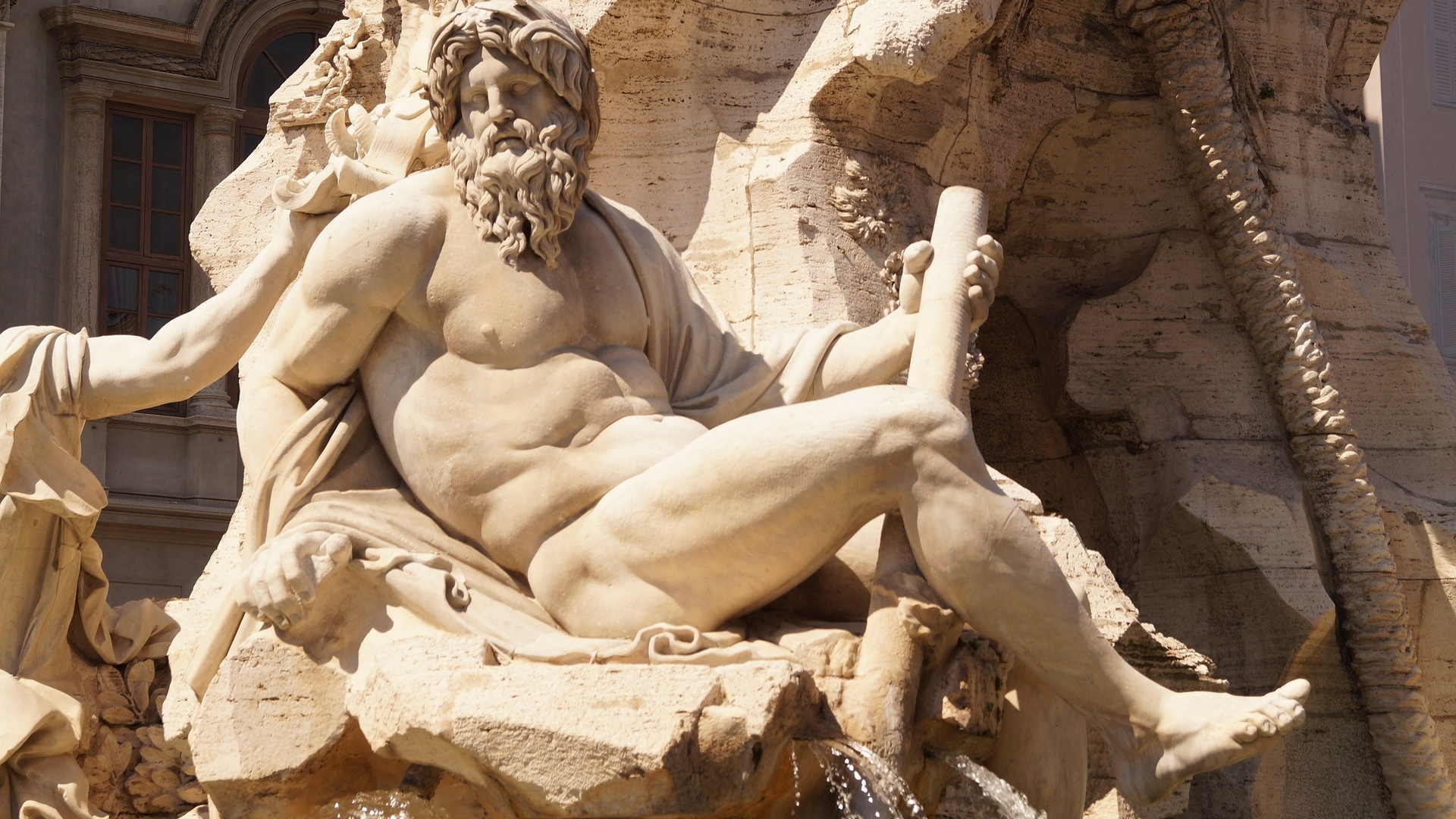
Located in the heart of the historic center of the city, this district is home to some of the most loved places by Romans and tourists: the colorful Campo de' Fiori market, Piazza Navona, with street artists and elegant restaurants with dehors, the Fountain of the four Rivers by Bernini, Palazzo Braschi, the seat of the Museum of Rome, the Piccola Farnesina ai Baullari, the seat of the Giovanni Barracco Museum of Ancient Sculpture, Palazzo Pamphilj home of the Pimpaccia, the Church of Santa Maria in Vallicella, the Church of Sant'Agnese in Agone by Borromini, the Stadium of Domitian, built by emperor Domitian in 85 AD, and Pasquino, one of the six talking statues in Rome, certainly the most famous.
Its name derives from the presence of an ancient wall of enormous dimensions, perhaps belonging to the Stadium of Domitian, which the Romans called Parietone and then Parione.
Here, there are the streets that have kept the name of the ancient trades and commercial activities that once were concentrated there, and among which we mention Via dei Balestrari, Via dei Chiavari, Largo del Pallaro, Via dei Giubbonari, and Via dei Cappellari.
Between the end of the 1400s and the first half of the 1500s, a sort of ante litteram Street Art was born in this district: the Roman aristocratic families used to represent their noble prestige with graffiti and fresco decorations on the facades of their buildings by the most popular artists at the time. Among them: Polidoro da Caravaggio, Maturino from Florence, Daniele da Volterra, and even Raphael. The subjects were often stories from the ancient world and classical mythology. Although the passage of time has erased many of them, some still survive.
But the most important place in the district is undoubtedly Piazza Navona which stands on the ancient Stadium of Domitian and follows its oval, elongated, and regular shape. Here, in ancient times, agonal games and athletics competitions took place. They were called the ludi agonales from which the toponym Agone originates, transformed over time into Navone and, finally, Navona.
The square, a place for games and public entertainment such as the raffle, the cuccagna, the bingo, as well as theatrical performances, rides, and tightrope walkers, was also the place of residence of Donna Olimpia Maidalchini, nicknamed Pimpaccia, who lived here in the Palazzo Pamphilj. A brilliant, authoritarian, greedy, and cruel woman, she knew how to manipulate the powerful people for her personal gain and to enrich herself excessively with their goods. Her ghost was seen fleeing in a burning black carriage overflowing with all the gold accumulated in life. The horses at the end of a frenzied race threw themselves into the Tiber with the carriage, the Pimpaccia, and all her treasures.
Borders: Pazza delle Cinque Lune, Corso del Rinascimento, Piazza Madama, Piazza sant'Andrea della Valle, Largo dei Chiavari, Largo del Pallaro, Piazza dei Satiri, Via dei Chiavari, Via dei Giubbonari, Campo de 'Fiori, Via dei Cappellari, Via del Pellegrino, Via dei Banchi Vecchi, Vicolo Cellini, Via dei Filippini, Piazza dell'Orologio, Via del Governo Vecchio, Via del Corallo, Piazza del Fico, Vicolo delle Vacche, Via di Tor Millina, Via di Santa Maria dell'Anima, Largo Febo, Via di Tor Sanguigna, Piazza delle Cinque Lune.
The coat of arms of the district is a Grifo, a Greek mythological creature with the head of an eagle and the body of a lion, an emblem of pride and nobility, on a white background.
The heart of Rome: Piazza Navona and Campo de' Fiori
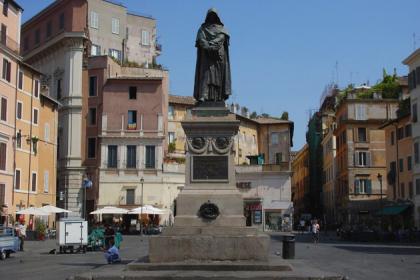
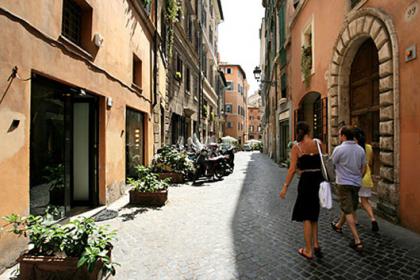
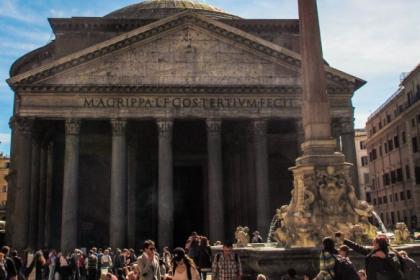
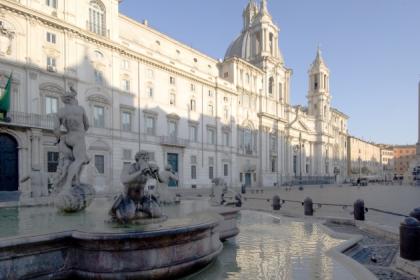
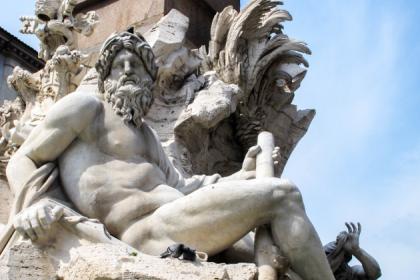
 Condividi
Condividi
Navona Square
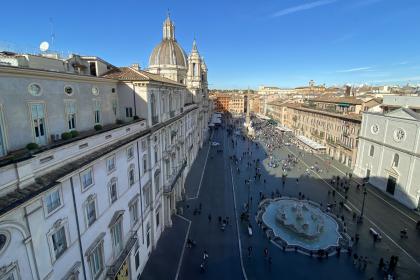
 Condividi
Condividi
The most iconic square of Baroque Rome
The Fountain of the Four Rivers

 Condividi
Condividi
Museo di Roma – Palazzo Braschi
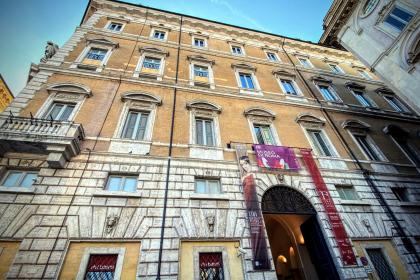
 Condividi
Condividi
The Giovanni Barracco Museum of Ancient Sculpture
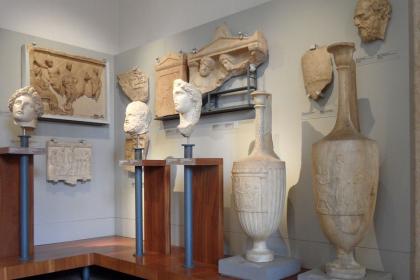
 Condividi
Condividi
Palazzo Pamphilj
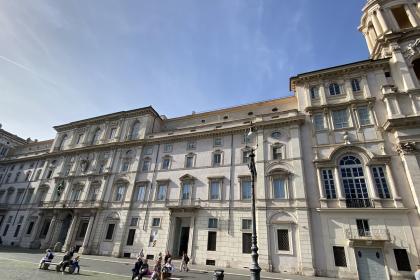
 Condividi
Condividi
The Church of Santa Maria in Vallicella (Chiesa Nuova) and the rooms of San Filippo Neri
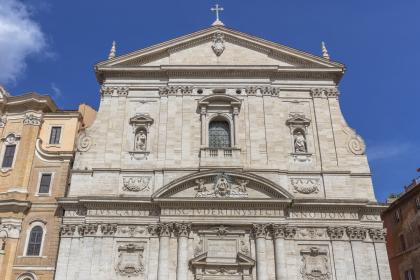
 Condividi
Condividi
The Church of Sant'Agnese in Agone
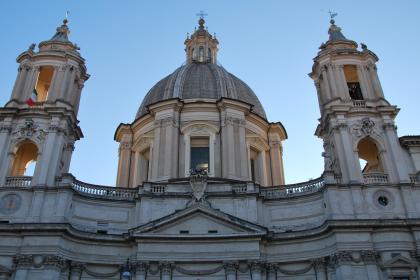
 Condividi
Condividi
The Stadium of Domitian Archaeological Area
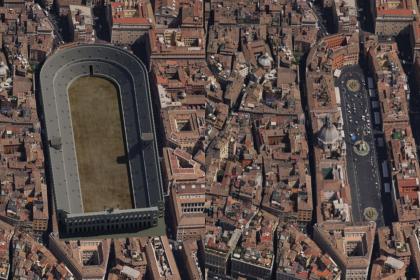
 Condividi
Condividi
The Talking Statues
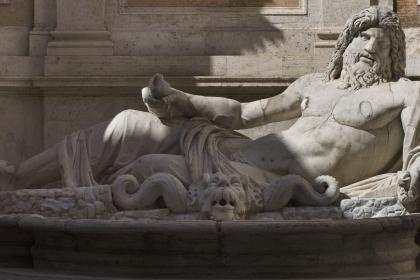
Seven streets named after seven crafts and trades
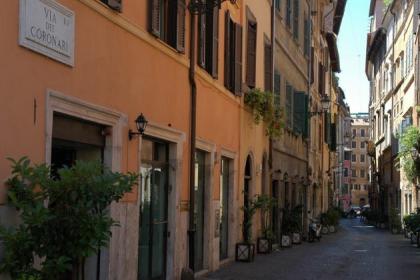
A maze of streets and alleys passing on the memory of ancient Roman crafts and trades
The ghosts of Rome
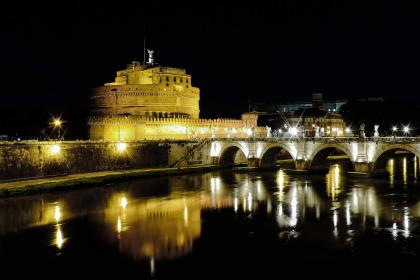
Discovering the ghosts and restless souls that haunt the historic center of Rome











































